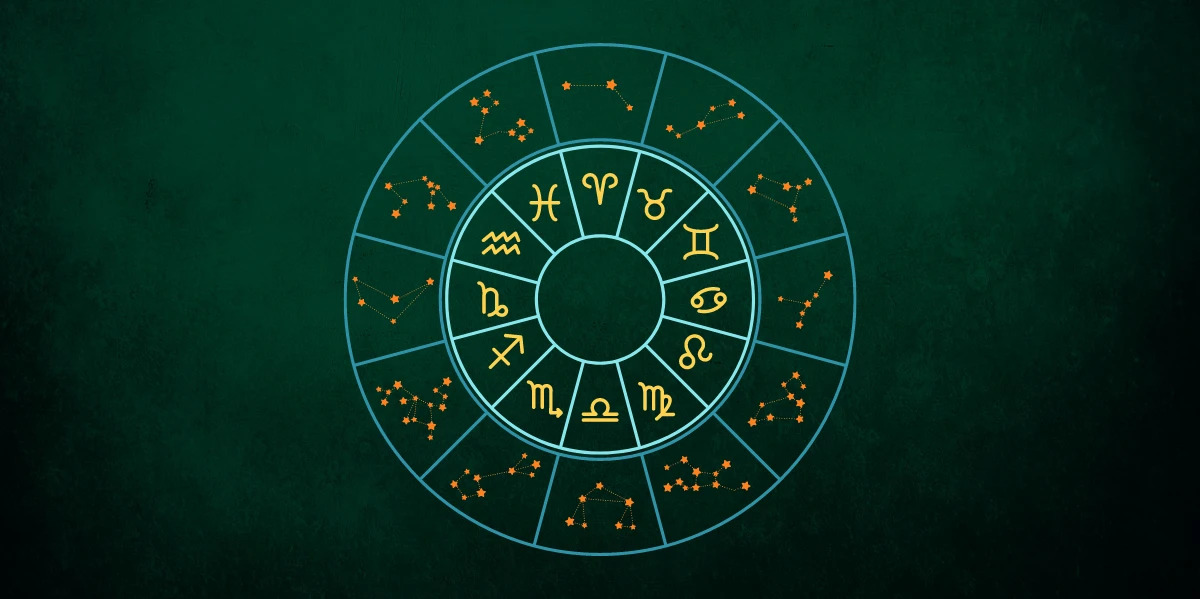Whether you're running a startup, managing a remote team, or freelancing with multiple clients, you need a project management tool that keeps you organised, productive, and stress-free.
But with hundreds of options out there—Asana, Trello, ClickUp, Monday, Notion, Jira—how do you choose the right one?
The truth is: There is no one-size-fits-all solution.
The right tool depends on how your team works, your goals, your tech comfort level, and even your industry.
In this guide, you’ll learn exactly how to pick the best project management tool for your workflow in 2025—without getting overwhelmed.
📌 Why Project Management Tools Matter
Before we dive into how to choose one, let’s be clear on why you need a project management tool in the first place:
🗂 Organise tasks and priorities clearly
⏱ Keep track of timelines and deadlines
🤝 Collaborate efficiently with teams
✅ Track progress and accountability
📊 Improve productivity and transparency
Without a proper system in place, teams often waste time in email threads, miss deadlines, and lose sight of goals.
🧠 Step 1: Identify Your Needs
Start by asking what problems you’re solving. Be honest and specific.
Ask yourself:
Are you managing multiple teams or solo work?
Do you need to track time or just tasks?
Are you working remotely or in the office?
Do you need integrations with tools like Slack, GitHub, Google Drive, etc.?
Do you want Gantt charts, Kanban boards, calendars, or all of them?
✍️ Make a list of “must-have” vs “nice-to-have” features.
👥 Step 2: Consider Your Team Size & Skill Level
Some tools are best suited for individuals and small teams, while others are designed for large-scale operations with complex workflows.
| Team Type | Best Tool Example | Why It Works |
|---|---|---|
| Solo/Freelancers | Todoist, Trello | Simple, visual, fast setup |
| Small teams | Asana, ClickUp | Affordable with strong features |
| Large teams | Monday, Wrike, Jira | Scalable, customizable, robust |
Also, consider your team’s tech savviness. If your team prefers simplicity over power, opt for straightforward tools.
⚙️ Step 3: Choose the Right Features
Here are the core features to look for, depending on your use case:
✅ Task Management
To-do lists
Subtasks
Priorities & tags
Recurring tasks
📅 Project Planning
Gantt charts
Calendar views
Timeline view
Milestones
🧠 Collaboration
Comments
Notifications
File attachments
Shared boards
🔁 Automation & Workflows
Trigger-based actions (e.g. “When task is marked done → notify team”)
Templates
Custom fields and rules
📈 Reporting
Project health dashboards
Time tracking
Resource allocation
Productivity metrics
Not all teams need all features. Don’t pay for features you won’t use.
🔗 Step 4: Check Integrations
No project management tool works in isolation. You’ll likely need to integrate with:
Slack / Microsoft Teams
Google Workspace / Outlook
GitHub / GitLab
Zoom / Calendly
Zapier / Make (for automation)
🔌 The more seamlessly your tools talk to each other, the smoother your workflow becomes.
💸 Step 5: Know Your Budget
Most project management tools offer free tiers or per-user pricing. Understand your team's size and choose accordingly.
| Tool | Free Plan? | Paid Starts At (2025) |
|---|---|---|
| Trello | ✅ | $5/user/month |
| Asana | ✅ | $10.99/user/month |
| ClickUp | ✅ | $7/user/month |
| Monday.com | ✅ | $10/user/month |
| Jira | ✅ | $7.75/user/month |
| Notion | ✅ | $8/user/month |
Ensure the free plan isn’t too limited and that you won’t encounter a paywall too soon.
🧪 Step 6: Test It With a Real Project
Once you’ve narrowed your choices to 2–3 tools, test them out.
Set up a small project with your actual team and workflow.
Evaluate based on:
Ease of onboarding
Task setup speed
Team adoption
User interface (intuitive vs. cluttered)
Notifications (too many? too few?)
Mobile access
Most tools offer 14 to 30-day trials on premium features. Use that time wisely.
🧰 Popular Project Management Tools in 2025
Here’s a quick rundown of some top tools and what they’re best at:
| Tool | Best For |
|---|---|
| Trello | Visual thinkers, kanban-style projects |
| Asana | Cross-functional teams, marketing/sales |
| ClickUp | Customizable workflows and all-in-one PM |
| Notion | Docs + tasks + databases in one space |
| Monday.com | Visual project timelines and reporting |
| Jira | Agile development and sprint planning |
| Wrike | Large orgs with detailed reporting needs |
🧑💼 Real-World Scenarios
🎨 A Creative Agency:
Needs Kanban + calendar + file uploads
Trello or ClickUp with Google Drive integration
👨💻 A Developer Team:
Needs sprints, backlog, GitHub link
Jira or Linear fits best
🧑🏫 A Solo Consultant:
Needs task lists, client notes, and reminders
Todoist or Notion works well
✅ Final Checklist Before You Decide
✔️ Is it beginner-friendly?
✔️ Does it support your preferred workflow (Kanban, Agile, calendar)?
✔️ Can it grow with your team?
✔️ Does it work well on mobile?
✔️ Does the pricing fit your budget?
✔️ Does it integrate with your existing tools?
✔️ Will your team actually use it?
🎯 Final Thoughts
The best project management tool is the one your team actually uses consistently.
You don’t need the most powerful or popular one—you need the one that fits your workflow, scales with your team, and helps you move projects forward with less stress and more clarity.
🚀 Start simple. Test small. Then grow your system over time.












Recent Comments
No comments yet.